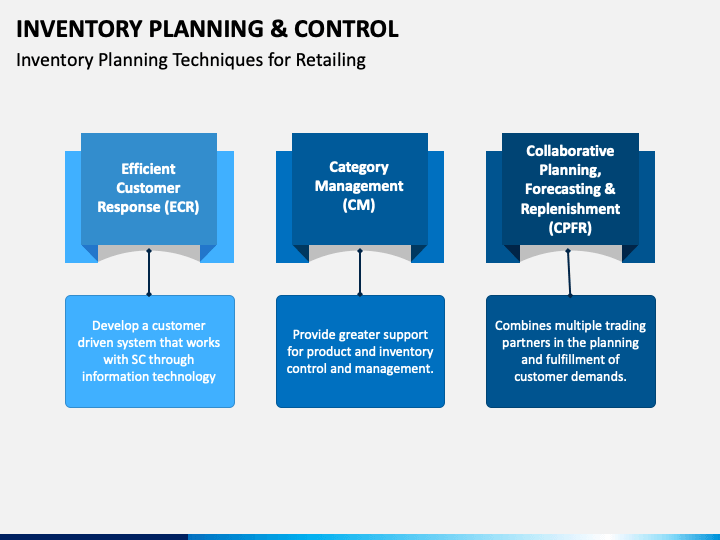
Routine and control how to#
For instance, decisions about where to offend (area selection), against whom or what to offend (target selection), and how to offend (modus operandi) are event decisions. Event decisions consist of the choices that are made in actually carrying out an offense. A crime involvement decision refers to the offender's choice that crime is an acceptable line of action.

Regardless of the many factors shaping an offender's perceptions of cost versus benefit associated with criminal action, such action is still ultimately presumed to be based on the utilitarian pursuit of pleasure over pain according to Clarke and Cornish's perspective.Ĭlarke and Cornish delineate two major types of decisions made by offenders: crime involvement decisions and crime event decisions. Thus, criminal choices may not be optimal, but to Clarke and Cornish, they represented offenders' best efforts at optimizing outcomes ( Clarke and Cornish, 1985: pp. In other words, offenders were thought to actively weigh the costs and benefits of alternative lines of action (i.e., crime versus legitimate alternatives), though it was recognized that their perceptions of costs versus benefits were likely shaped by biological, psychological, and social ‘background factors, previous experiences, immediate needs or pressures, and so on. Rather, Clarke and Cornish suggested that offenders make active, utilitarian decisions about alternative lines of action, including crime, through a process of ‘bounded rationality’. In this piece, they provided a framework countering positivist theories of crime which posited that criminal behavior was caused or determined by distinct biological, psychological, or social characteristics. This theory, like the aforementioned theories, highlighted the importance of criminal opportunity.Ī seminal 1985 book chapter by Clarke and Cornish, Modeling Offenders' Decisions: A Framework for Research and Policy, was particularly key in defining their perspective. Pamela Wilcox, in International Encyclopedia of the Social & Behavioral Sciences (Second Edition), 2015 Offender Decision Making and Crime PatternsĪround the same time that routine activities theory, lifestyle–exposure theory, offender search theory, and environmental design theory were being developed, Ronald Clarke, in collaboration with Derek Cornish, was defining a contemporary rational choice theory of offending. Thus, security practitioners should establish preventive programs to protect employees through training, security and safety tips, policies, procedures, technology, and other methods. From a corporate security perspective, for example, salespeople, truck drivers, and others who are “on the road” can become suitable targets when a capable guardian is unavailable and a motivated offender is encountered. A capable guardian can be ordinary people who can intervene or serve as witnesses, or police or security personnel. Commercial buildings without access controls or other security methods, likewise, can become suitable targets. “Neighborhood Watch” and alarm systems can prevent crime. Because in many families all adults work, homes are often unoccupied during the day, which can become suitable targets for burglary. An offender may routinely walk through specific neighborhoods looking for homes that appear as easy targets for burglary or into buildings in a commercial area to seek opportunities for theft. This theory includes the routine activities of both offender and victim. Routine activity theory, from Cohen and Felson (1979), emphasizes that crime occurs when three elements converge: (1) a motivated offender, (2) a suitable target, and (3) the absence of a capable guardian. Purpura, in Security and Loss Prevention (Sixth Edition), 2013 Routine Activity Theory They may be under the influence of drugs or alcohol or, for whatever reason, they may simply not care about the security measures. They may not even be aware of the situational crime prevention techniques put into effect. They may not use the same rationale as the person implementing the security measures. One of the primary criticisms is the assumption that criminals are rational in their decision-making. As in any theory, routine activity theory has its criticisms. Routine activity theory relies on the same rational choice methodology as situational crime prevention techniques. All three must come together in order for criminal activity to be realized. Routine activity theory, developed by Cohen and Felson, revolves around three things: a “potential offender, a suitable target, and the absence of a capable guardian” ( Bottoms and Wiles, 1997, p.

Fennelly, in Handbook of Loss Prevention and Crime Prevention (Sixth Edition), 2020 Routine activity theory


 0 kommentar(er)
0 kommentar(er)
